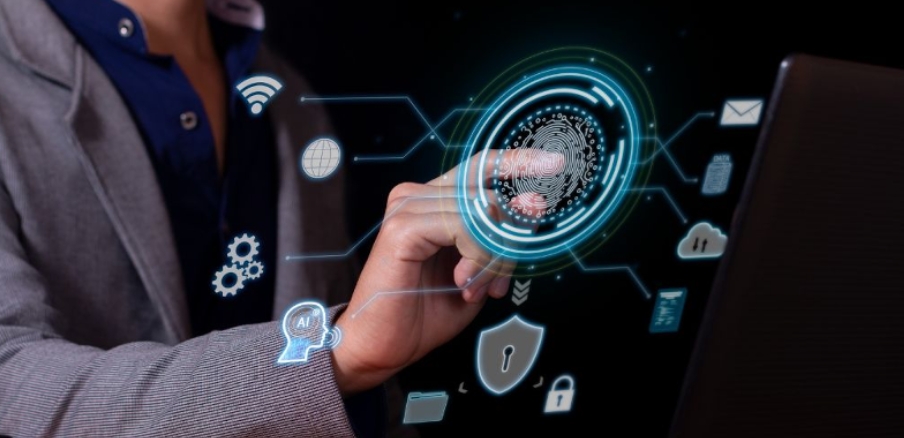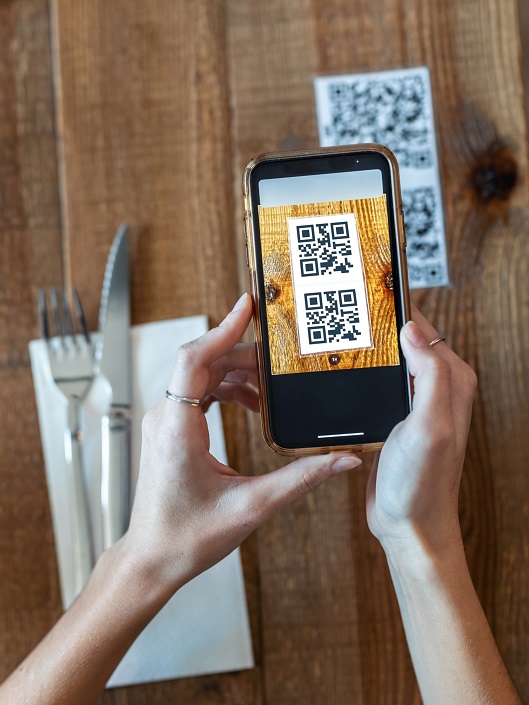Technology weaves through our daily lives, often in ways we scarcely notice. Yet, have you paused to ponder the magic behind our gadgets, especially in healthcare? It’s the software, the silent conductor orchestrating every digital interaction, that truly transforms healthcare delivery. In the healthcare industry, these software enhance patient care, streamlining processes, and saving lives. With an array of types each serving unique purposes, their impact is profound. Understanding the 5 different types of software used in the healthcare industry reveals a world where technology meets human touch, changing care in ways we are only beginning to understand. So, together we get into this digital odyssey and discover the many types of software.
The Role of Software in Healthcare
Software in healthcare is like the backbone supporting the entire system, quietly but powerfully transforming how care is delivered and managed. As hospitals expand and healthcare becomes more intricate, this technology steps in and helps tremendously, making it possible to keep the vast and complex machinery of healthcare running smoothly. It’s all about optimization—from slashing operational costs to making sure that the last scalpel is accounted for and that MRI machines are in top-notch condition.
The idea of being able to swiftly access your whole medical history or receiving appointment reminders sent directly to your phone. That’s the kind of seamless experience that’s now expected, and software delivers. It’s not just about convenience; it’s about elevating patient care to new heights. In addition to stepping outside the bounds of traditional practice, doctors are also tracking their patients via digital windows, giving advise, and diagnosing patients from a distance. Not only is this digital revolution altering healthcare procedures, but it is also transforming patient care itself, making it more effective, more accessible, and ultimately more human.
1. Electronic Health Record (EHR) Software
Electronic Health Record software is the digital backbone of today’s healthcare, simplifying the management and organization of patient data. You can think of it as a specialized CRM for the healthcare sector, tracking patient histories, medications, treatments, and billing information with precision. This system is vital in keeping patient care streamlined and efficient.
Some EHRs even offer patient portals, making it easy for patients to view their health records and prescriptions anytime, anywhere.
EHR comes in two flavors: Electronic Patient Record (EPR) for hospital use and Electronic Medical Record (EMR) for detailed patient treatments. The magic of EHR software lies in its ability to securely share patient information across the board, enabling faster diagnostics, instant access to patient histories, and a significant reduction in paperwork. This not only streamlines the decision-making process but also boosts the overall efficiency of healthcare delivery. Adopting EHR software in healthcare settings brings a world of benefits. When you get this, you can be sure that patient care is as seamless and effective as possible.
2. Remote Patient Monitoring (RPM) Software
Another type of software is Remote Patient Monitoring, this redefines the approach to managing chronic diseases, bringing a new level of care and comfort to patients’ lives. This innovative software turns homes into extensions of healthcare facilities, using devices and wearables to keep a constant, caring watch over patients. Imagine a heart monitor that not only tracks your heartbeat but also sends real-time data to your doctor, or a glucose meter that alerts you and your care team if your sugar levels spike.
The beauty of RPM lies in its features: seamless data transmission, real-time alerts, and comprehensive health tracking—all designed to keep patients safe, informed, and connected to their healthcare providers. The benefits? Fewer hospital visits, early detection of potential health issues, and a greater sense of control over one’s health.
By incorporating RPM into their care strategies, patients with chronic conditions can enjoy a higher quality of life, knowing they’re supported by an invisible yet ever-present healthcare network.
3. Mobile Health (mHealth) Applications
What if keeping up with your health was as simple as scrolling through your smartphone? Mobile Health (mHealth) applications are turning this thought into reality, also changing the way we manage our healthcare. These handy apps streamline everything from scheduling doctor’s appointments to accessing medical records and even consulting with healthcare providers from the comfort of your home. It’s the convenience of having a virtual clinic at your fingertips.
Beyond the ease of access, mHealth apps are vital bridges, connecting patients directly to healthcare services. They integrate seamlessly with Electronic Health Records (EHR) and Electronic Medical Records (EMR), ensuring that during a telemedicine session, your doctor has all your health information on hand. This symbiosis between mobile technology and healthcare delivery is not just transforming how care is accessed; it’s empowering patients to take charge of their health journey, making healthcare more tailored, timely, and accessible than ever before.
4. Clinical Decision Support (CDS) Software
Imagine having a wise mentor, always ready with data-driven advice, right at your fingertips. That’s CDS software for healthcare professionals. It’s the super-smart assistant that helps doctors make the best care decisions by analyzing heaps of data and suggesting evidence-based recommendations.
CDS systems come packed with features such as patient data analysis, alert systems for potential issues, and guidelines for treatment based on the latest research. By leveraging powerful data analytics, CDS software ensures that care is not just based on intuition but on solid evidence. This approach not only sharpens the accuracy of diagnoses and treatments but also fosters a more personalized healthcare journey for patients, making every decision a step towards better health.
5. Healthcare Analytics Software
With Healthcare Analytics Software, where data turns into insights, take part in guiding the future of healthcare. This powerful tool sifts through mountains of data to illuminate patterns, trends, and possibilities that were invisible before. Healthcare analytics platforms are treasure chests filled with tools for analyzing patient data, operational statistics, and financial metrics. They are the key to making well-informed decisions, maximizing the provision of healthcare, and even setting the course for future policies.
One of the most exciting features? Predictive analytics. This technology doesn’t just tell you what’s happening now; it forecasts patient needs, identifying who might be at risk and what interventions could prevent future health issues. It’s proactive healthcare at its best, ensuring patients receive the right care at the right time, potentially even before they know they need it. Harnessing the power of healthcare analytics means stepping into a future where decisions are smarter, care is more effective, and patient outcomes are brighter.
Choose the Right Healthcare Software Development Consulting
After seeing the numerous benefits that many healthcare software can provide, it’s made clear that properly installing these solutions will be essential to fully realizing their potential. So, how can you ensure that you are taking full advantage of these technical advancements? The answer lies in selecting the right healthcare software development services. This choice is akin to picking the perfect partner for a tandem skydive; you want someone who not only packs the parachute with expertise but also knows how to navigate through the air with precision.
Well, you can think of KMS Healthcare. Their deep dive into the nuances of healthcare combined with cutting-edge software solutions makes them the ideal choice. KMS doesn’t just understand the technology; they grasp the complexities of healthcare regulations, data security, and patient-centric design. Opting for KMS as your healthcare software development consultant is a step towards ensuring that your healthcare practice leverages technology to its fullest.
Conclusion
We’ve reached the end of the piece and covered all 5 different types of software used in healthcare industry; it’s obvious how these technologies play a significant role in changing patient care, increasing efficiency, and paving the way for innovation. Adopting these software solutions is a leap into a future where healthcare is more accessible, accurate, and patient-centered. Dive into the digital transformation with confidence, and witness how these five software types revolutionize the way you deliver care, one click at a time.






